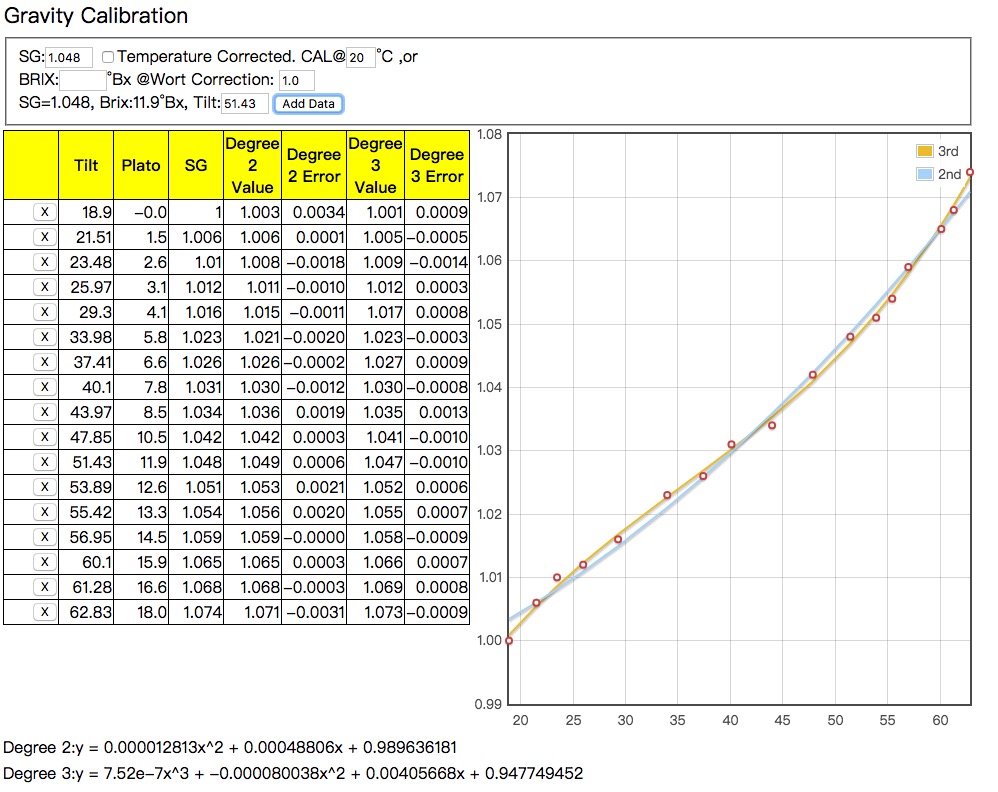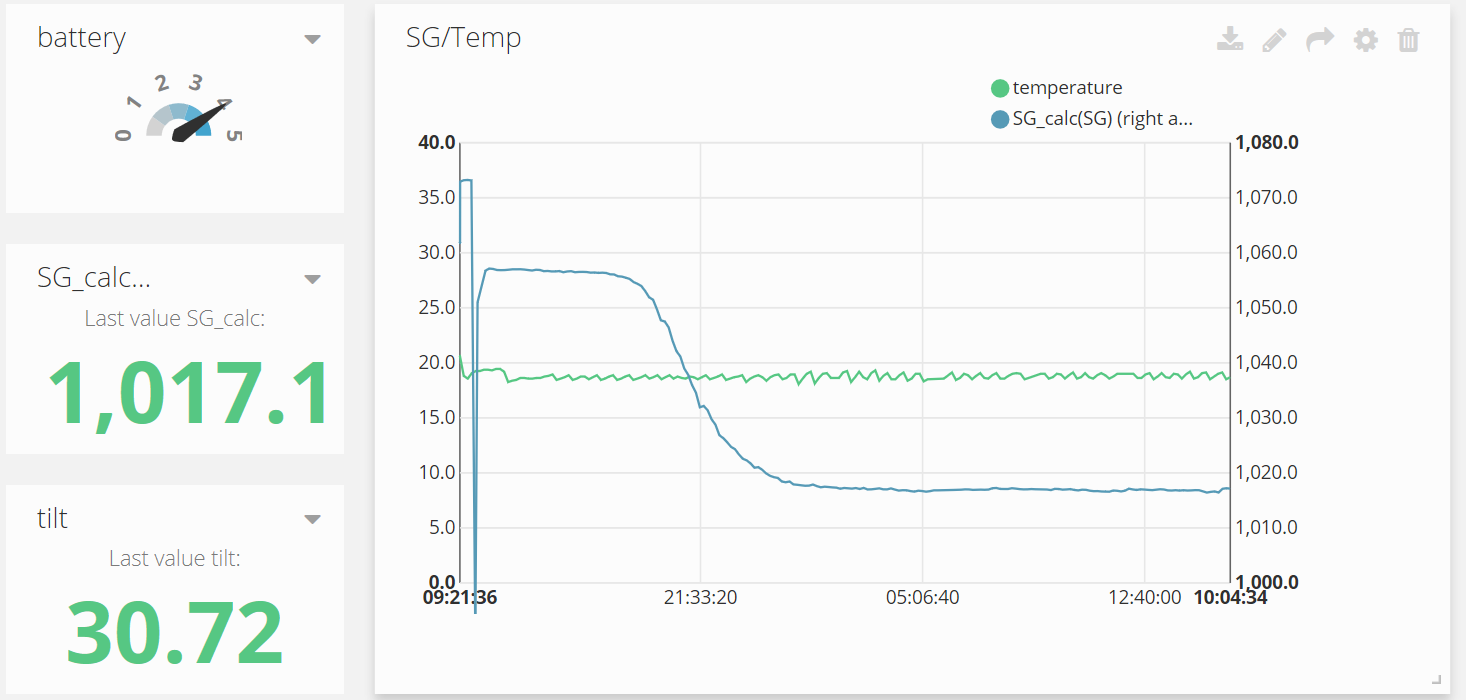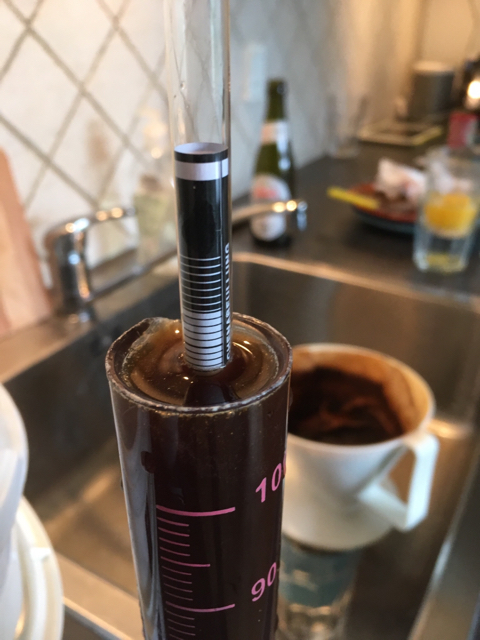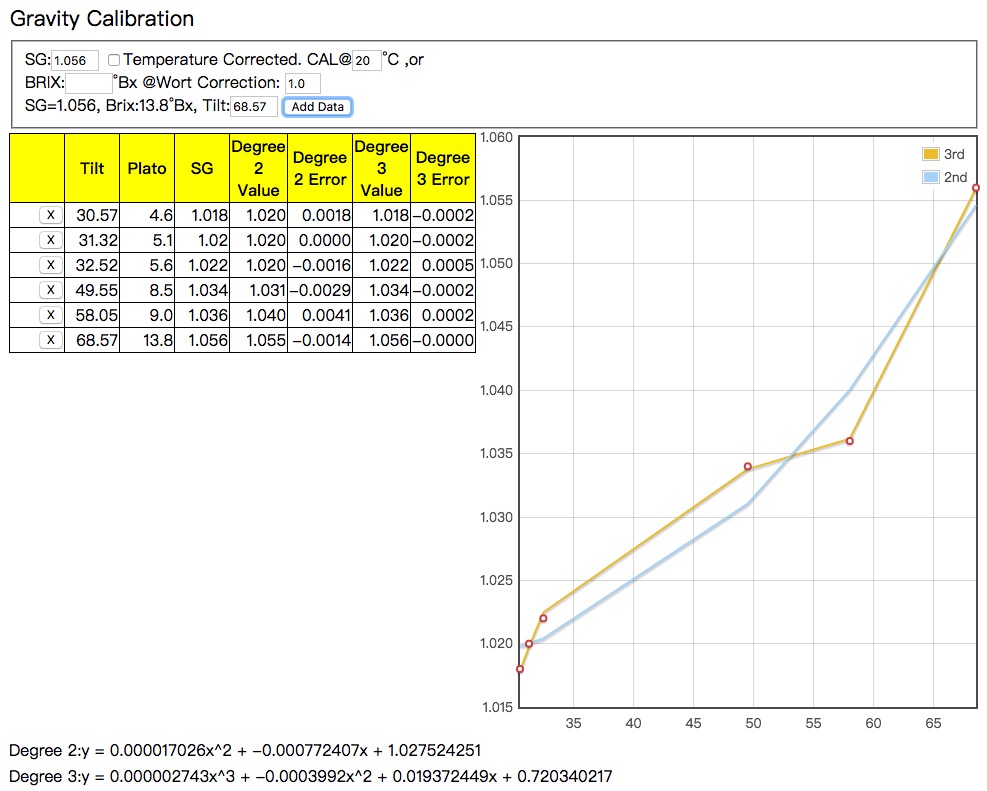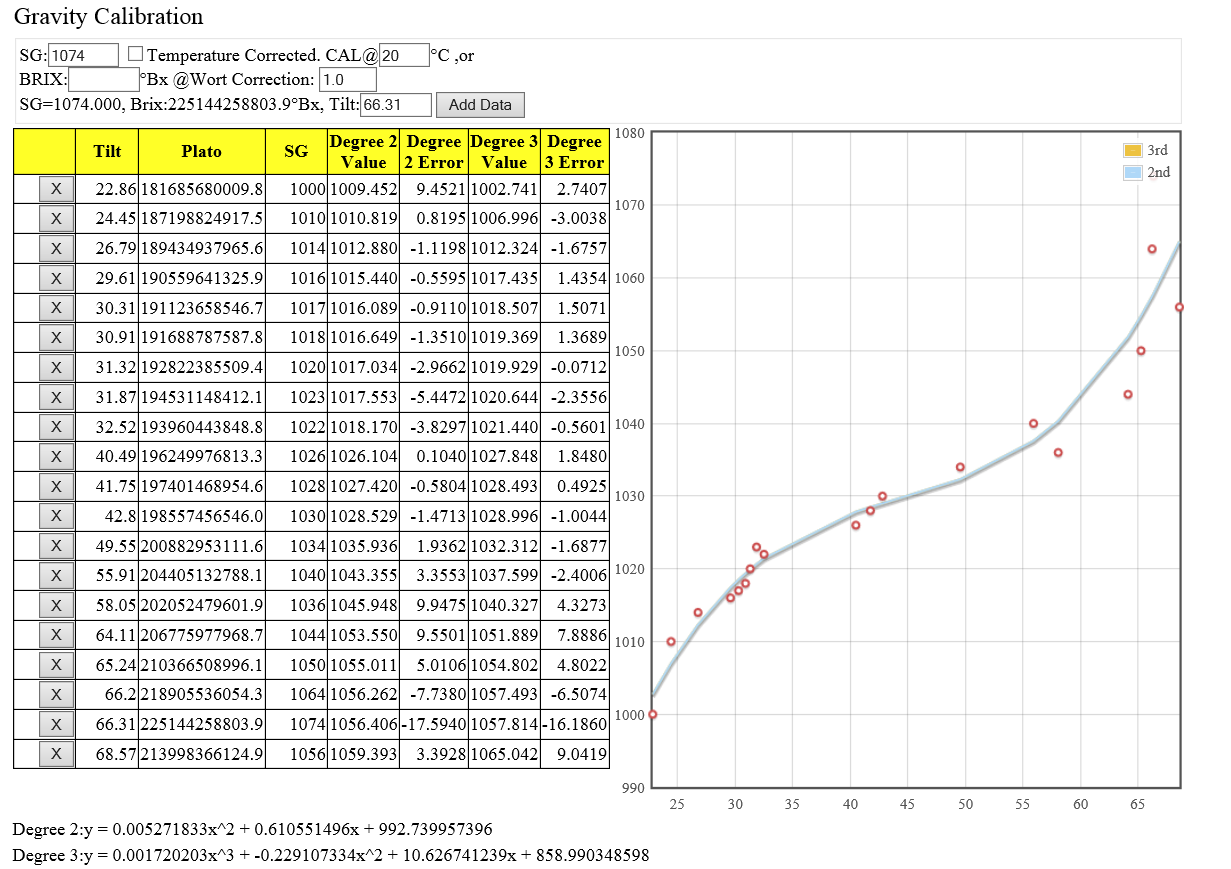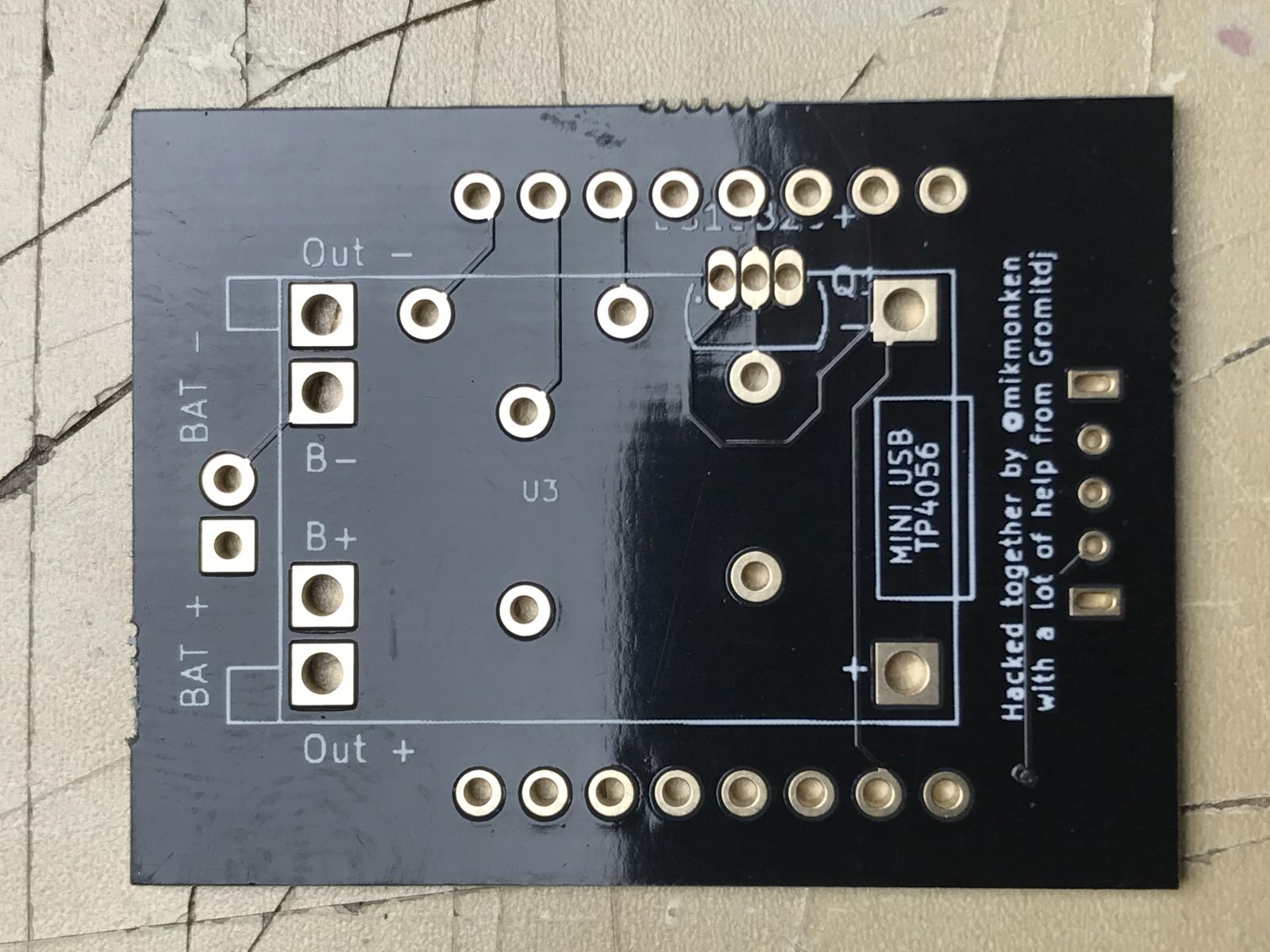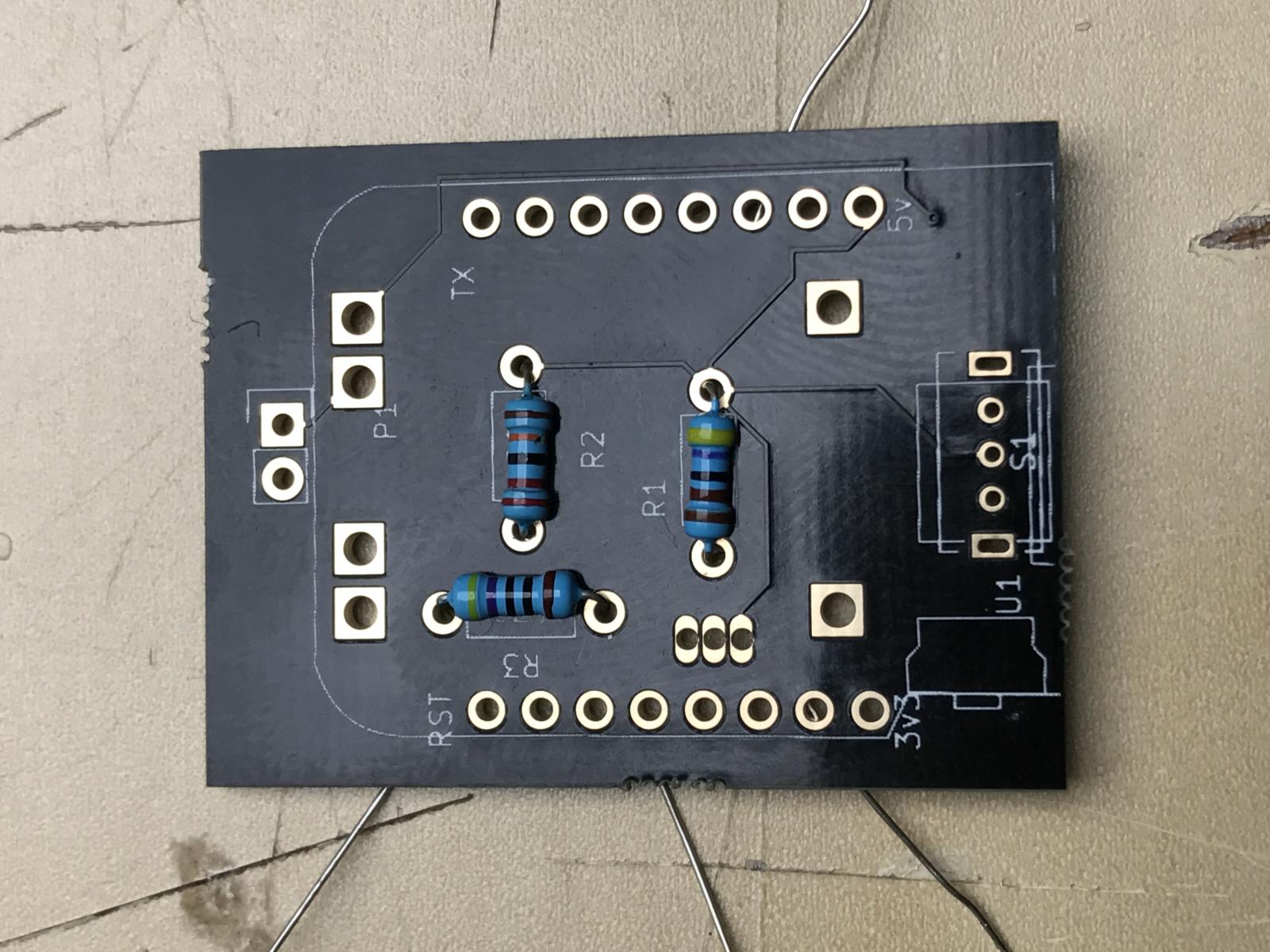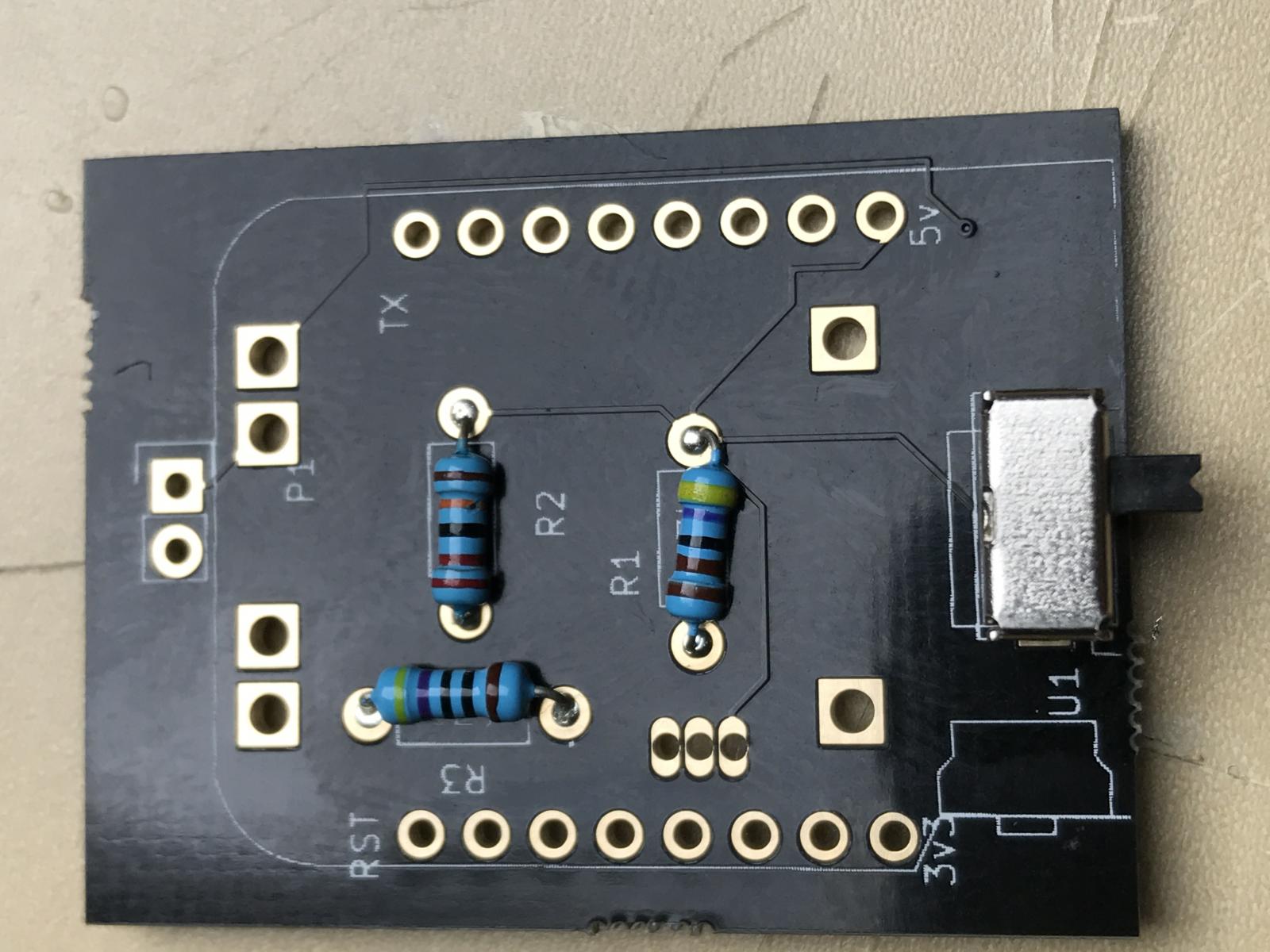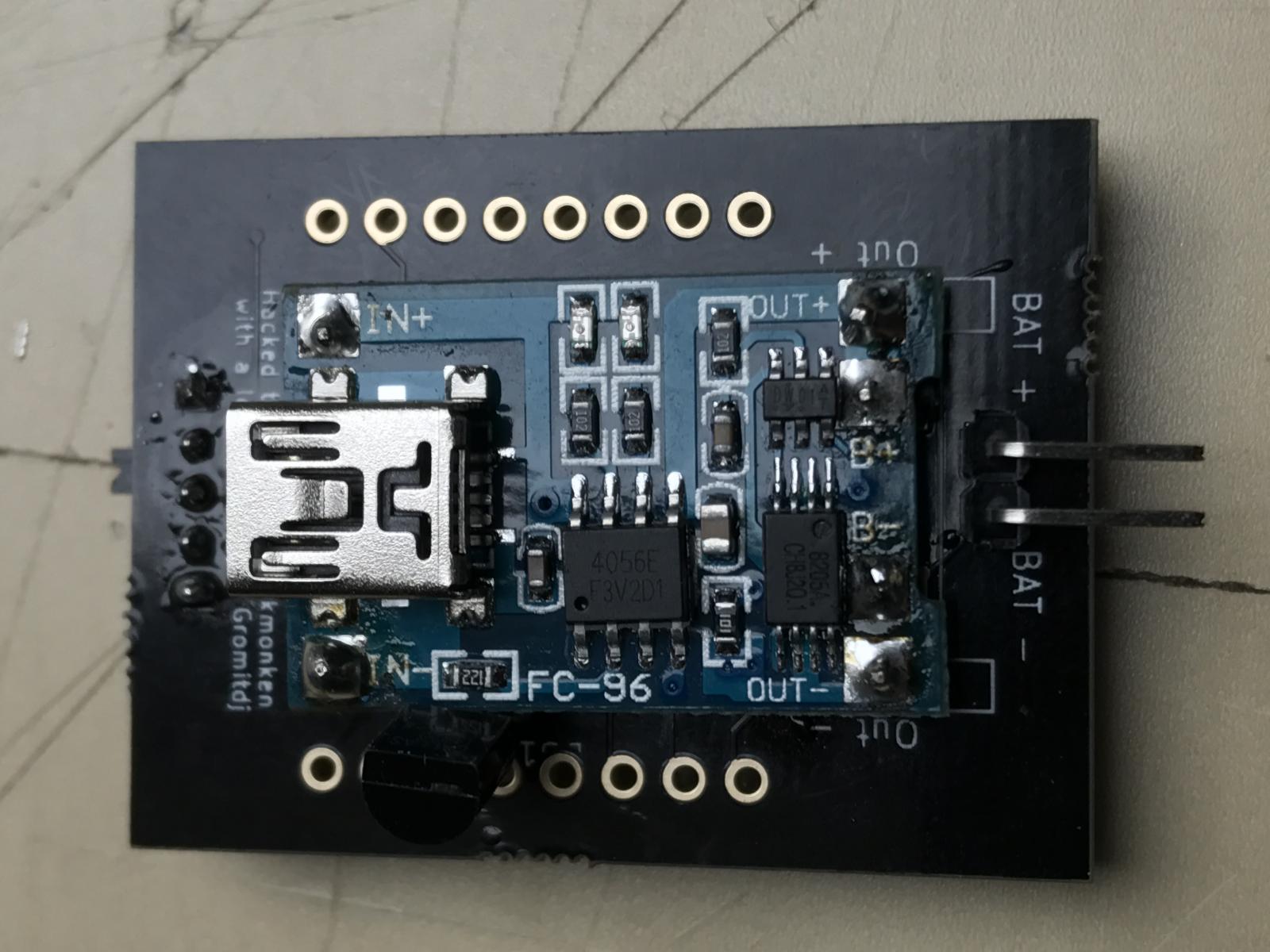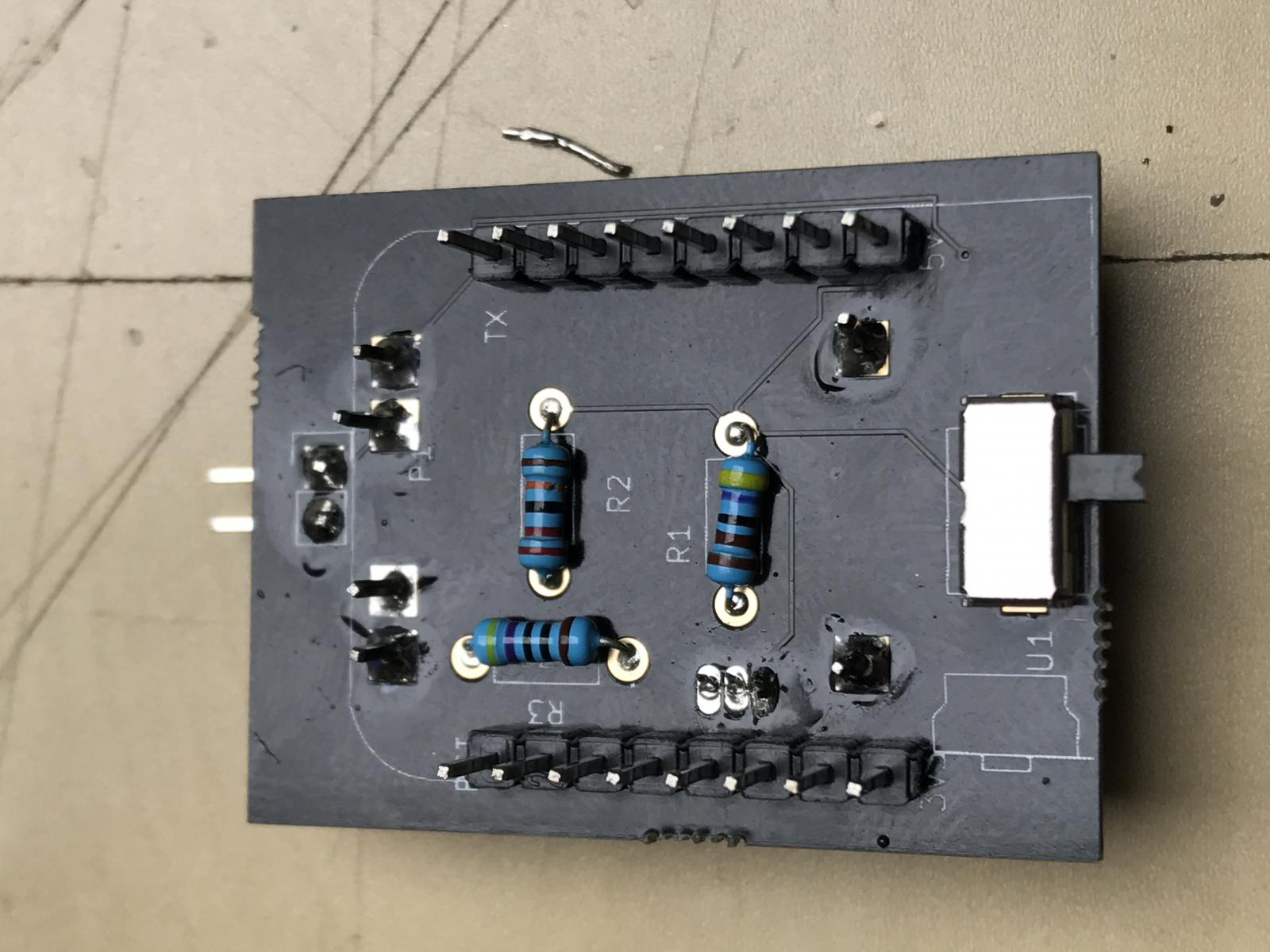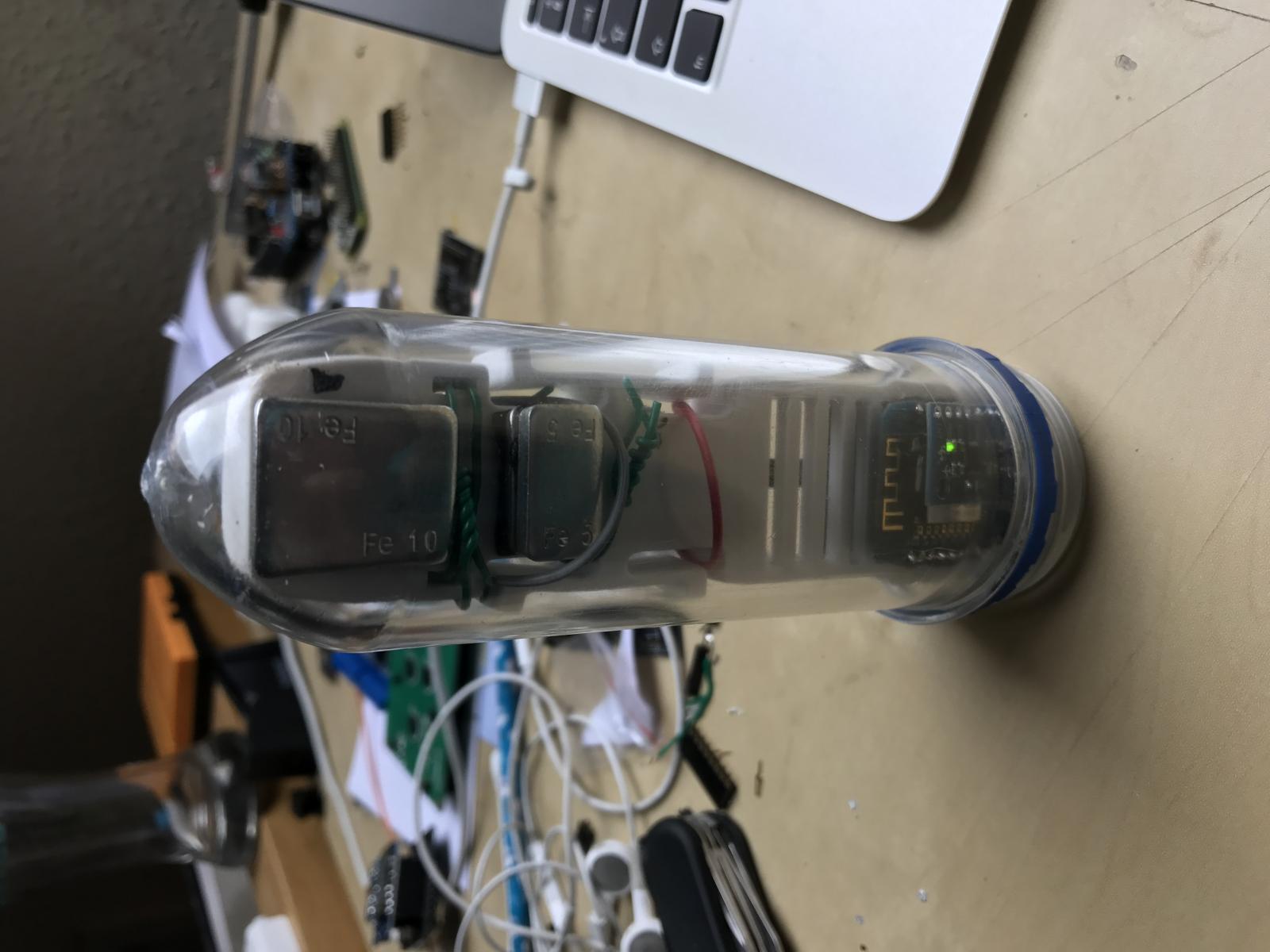Well, I'm pretty surprised, it all seems to work, I've soldered 2 boards and no issues so far, battery charges, wemos works, I declare it a success :hs:
if anyone is interested in ordering a board, you can get them from here. it's about $7 for 4 with free shipping ->
https://PCBs.io/share/8gbKR
I've tried to mark everything up, my process for soldering was.
I'm assuming you've soldered the gyro onto the wemos already.
Resistors
Switch (which works

)
Flip over and insert solder the temp probe
lipo charger next (you'll need to tilt the probe out of the way slightly)
battery charger pins (you can just solder wires directly into this if you choose)
then the headers for the wemos.
it's pretty simple to knock together. the switch and the lipo I had to make footprints for which are based on this Wishlist form Aliexpress ->
https://my.aliexpress.com/wishlist/shared.htm?groupId=3110754426
although as you might see from the photo of the lipo board the one of used in the picture is recycled and not the one ordered so there is a chance other lipo boards would work, I found on my breadboard version the drill holes didn't line up perfectly.
I've got to say I'm pretty happy with it, it's much neater and easier to solder than the breadboard version.


